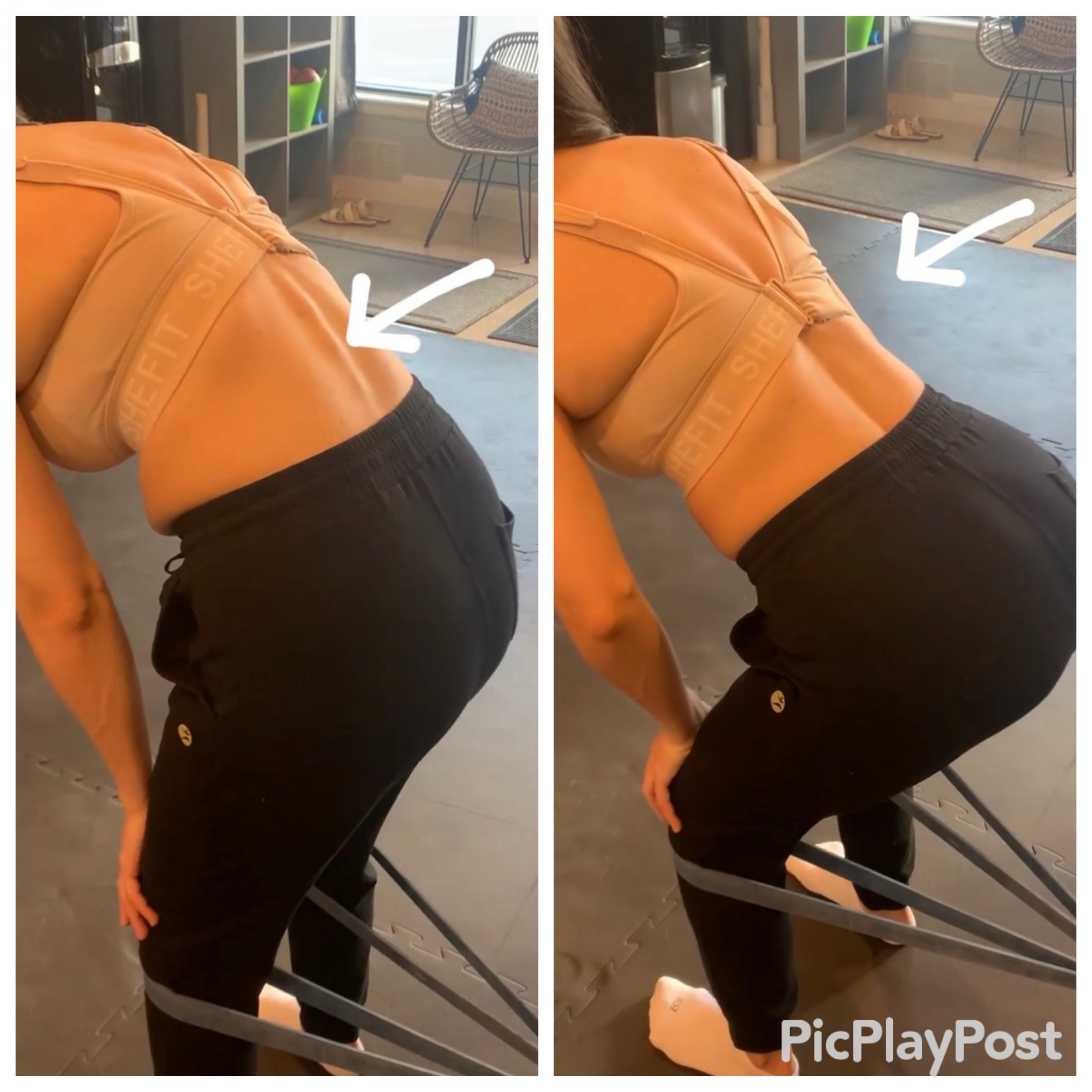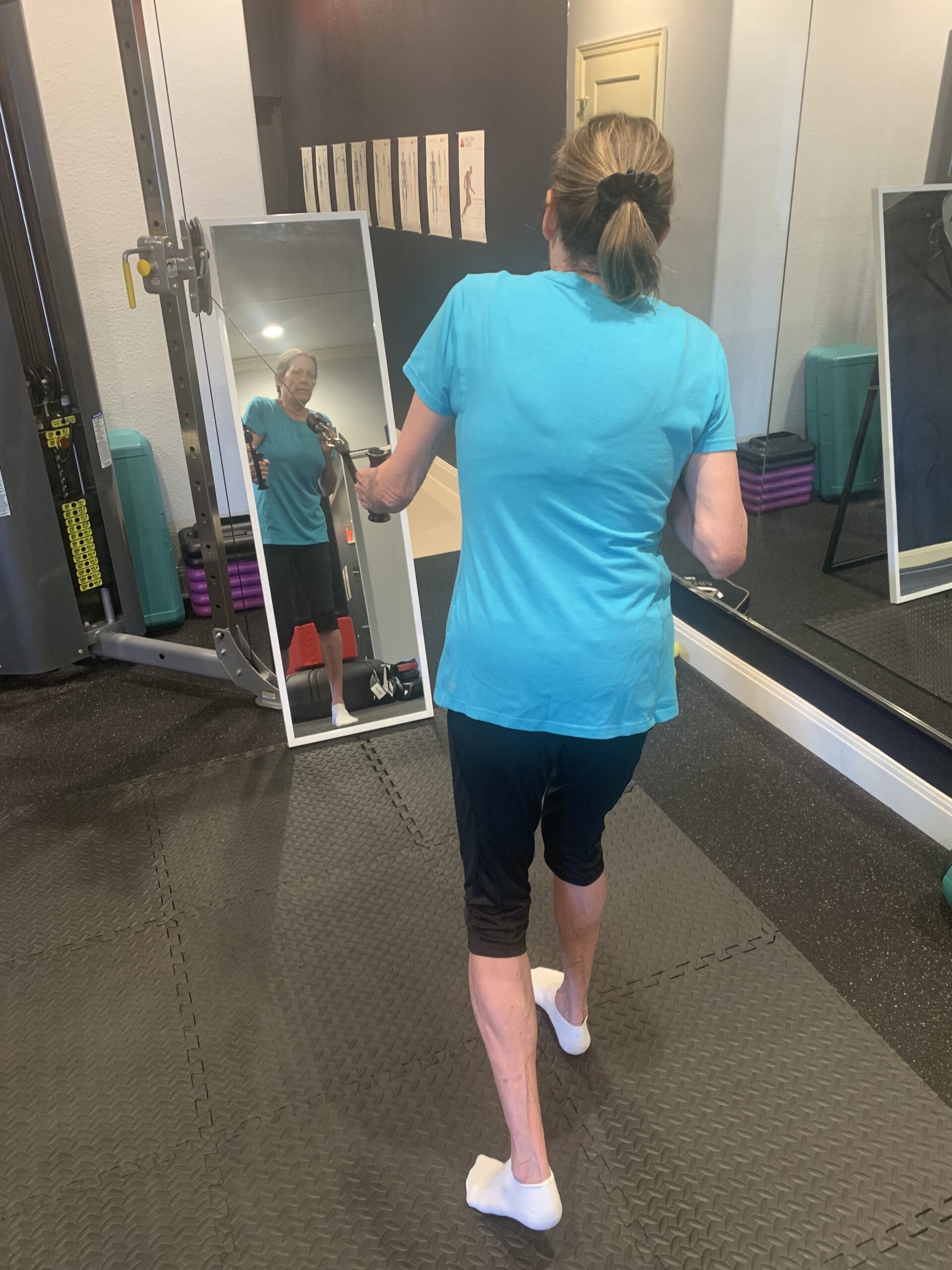In most gyms you’ll see lifters moving weights up and down, but that leads to compression on your joints and spine.
In our gym, we prioritize lifting weights through a horizontal force to train the muscles to contract the way they do in the real world.
Weight lifting that you see in most gyms builds muscle through vertical forces, BUT your muscles don’t work like that.
Your muscles function through multiple forces and need to be capable of dispersing force horizontally and vertically to help your body move well through all planes of motion.
So before you pound out rep after rep of barbell squats or bench presses, recognize that your body doesn’t actually move like that on a regular basis.
To learn some functional alternatives check out the Functional Patterns Training System to set your body up for the world it lives in.
Come meet our team, we’re the only trainers in San Antonio who are FP Certified Human Biomechanics Specialists, ready to help you address your dysfunctions and move better!











